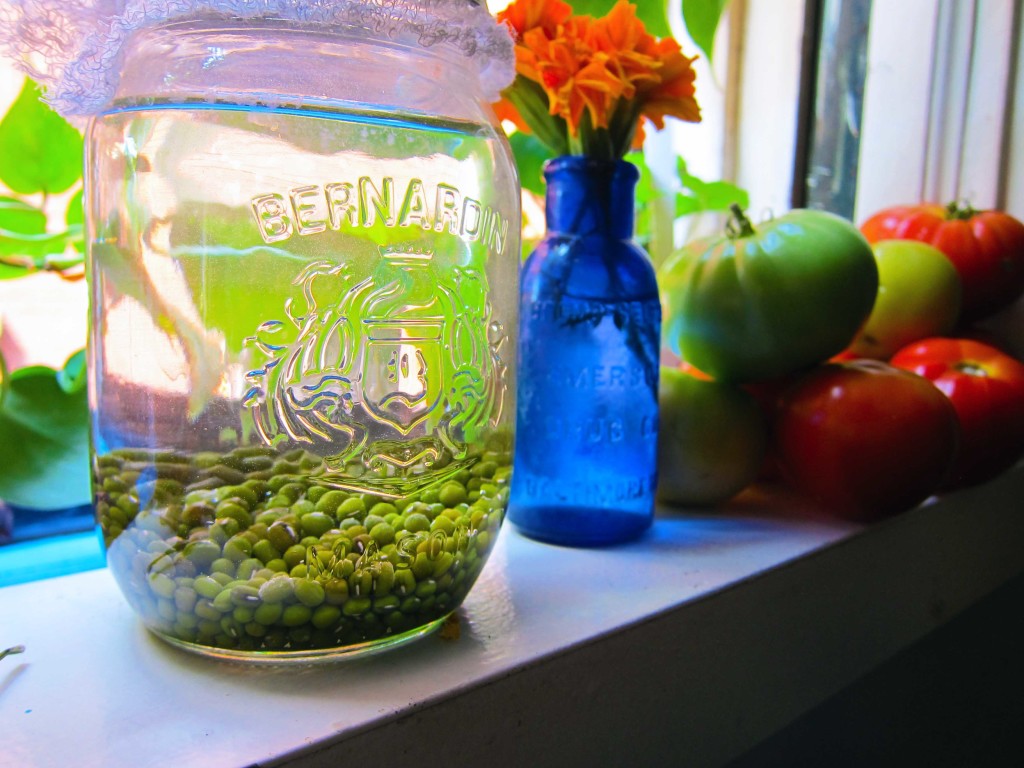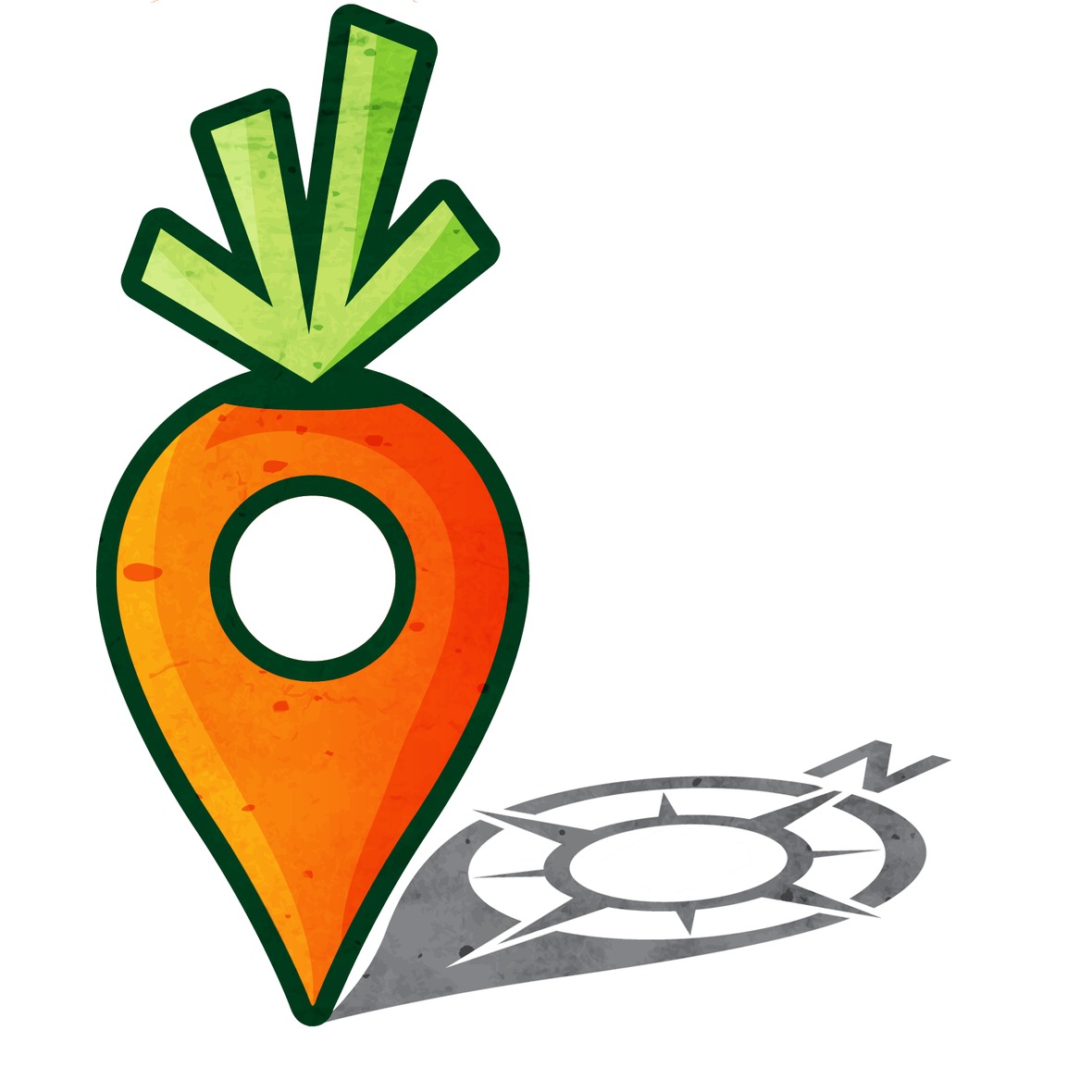Permaculture response to Texas eater struggling to make a local food shift

Remember Ann from Fort Worth, subject of a prior blog post, who enumerated the many ways local is loco (crazy) in Texas?
I don’t live there. I don’t walk in her busy professional shoes. I did a quick Google Search for farmers markets in Fort Worth and found Cowtown, but I’m not there to see the whole picture. It’s too easy for “experts” to be glib.
So I asked Marisha Auerbach, a well-known and well-informed Permaculture teacher, for her take. Here are her six main observations:
1. Some places are indeed more challenging! “Texas is hard.” Marisha says, “The climate is extreme and it has been getting more extreme over time due to removal of vegetation and the concrete island effect in cities.”
2. But Permaculture says that all landscapes can be worked with. You build organic matter in the soil to over 2% to retain water. You regulate sun and shade. She says, “For the heat in Texas, I would suggest incorporating in nitrogen fixing trees that can help both build soil and let in dappled sunlight for summer crops. Nitrogen fixing crops can be cut back frequently, which would help generate mulch and more organic matter for the soil. It would also make it possible to manage the sunlight that was getting in to the vegetable garden.”
3. You change expectations about which vegetables you eat and when.
4. You grow different varieties of veggies. She says, “…look into some of the crops that they grow in the tropics, such as the Yard Long Bean, Hyacinth Bean, Air Potato, Amaranth (Calaloo), and more.” Best would be varieties grown in Texas, but also select seeds from similar hot dry climates. This will certainly be the dance we’ll do in years ahead as we adapt to climate change.
5. Take pity on your farmer! She suggests that looking beyond the Farmers Market for local food. Joining a CSA means the farmer doesn’t have to sit in the hot sun for a day selling… and that s/he can try some new varieties for your CSA box so farmer and eater together can ease in to different shapes and tastes.
6. Sharing – like a freezer. If you want local beef, you can’t just get a steak. Anne says she’d have to buy the whole animal. Marisha suggests “I wonder if there are buying clubs to help people who lack freezer space get together to purchase a cow together.”
She also offered one short term solution anyone can do now: grow sprouts. Purists might say, “Hey, the seeds aren’t local” but neither are most of your veggie seeds – or the feed for those animals you might eat if you are an omnivore. I love sprouting. In the winter I have a couple of jars in varying stages. They can substitute for lettuce in salads and sandwiches.
Sprouts aside, I say Anne is succeeding in doing the 10-Day Local Food Challenge because success is as much unearthing the problems as it is sailing through with flying colors and less than 10 exotics. I doubt she’s going to become a permaculture gardener and coax a food forest out of a parched patch of Forth Worth. Especially not in time for this year’s Challenge. Marisha’s ideas, though, might give her more places to look for answers – in less common foods, in buying clubs and sharing networks.
From Marisha’s comments I come down to two big insights.
1. The climate is changing everywhere for everyone, so Texas growing conditions might be headed your way. We are all on a steep learning curve and no one is exempt. Case in point: we had a severe drought this summer in the bucolic Pacific Northwest.
2. The industrial food system has trained us into a narrow band of food flavors and expectations, making us less able to adapt gracefully to a changing world. The 10-Day Local Food Challenge game can help us loosen up our taste buds and amp up our cooking skills so that we can relish what we have.
Marisha ends this way:
I think that biggest challenge is that we have become accustomed to expecting to be able to eat whatever we want whenever we want without regard for the subtleties of our local climate and the hidden costs (socially and environmentally) associated this model.One of the activities that I ask my students to do in the early part of class is a bioregional quiz. … One question is to list something that the native people of their area ate during each season. While I don’t think that people are going to go back to eating native plants as a major part of the diet, I do think that this activity gives some clues on how to rein in the global market to being more local. Gary Nabhan’s recent book is called “Growing Food in a Hotter, Drier Land”. I highly recommend it.
If you want to know more about Marisha or attend her classes, go to permaculturerising.com.

No comments